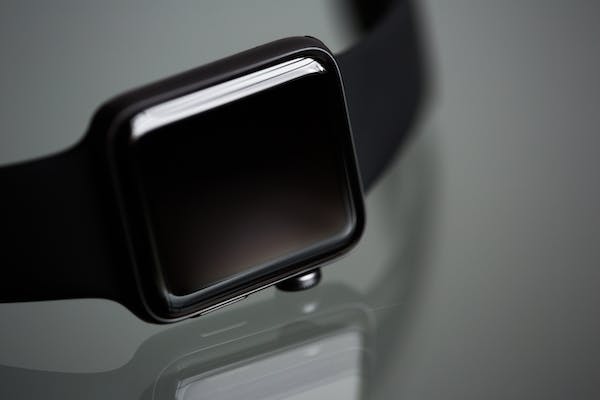
02 Jul WEARABLES FUTURIST: HOW WILL WEARABLE DEVICE TECHNOLOGY AND MOBILE APPS CHANGE OUR LIVES?
Working as wearables futurist and wearable device consultant, I’m pleased to see just how much the field continues to evolve – and so many fronts. From healthcare to fitness, entertainment to safety, it’s clear that these solutions are becoming increasingly integral to our daily lives. Looking ahead, and putting on our wearables futurist thinking caps, let’s run a few hypotheticals and see where things might be heading.
Undoubtedly, right off the top, you can see the growing impact of wearable technology in terms of its use in health and wellness monitoring. Hardware units like smartwatches and fitness bands are evolving beyond counting steps or tracking sleep. They now monitor crucial health metrics such as heart rate variability, blood oxygen saturation, glucose levels, and even early signs of diseases like atrial fibrillation. A host of popular names in consumer technology are leading this charge, making health monitoring more accessible to everyone.
But we’d also be remiss if we didn’t point out how the Internet of Things (IoT) has been a game-changer from some wearables futurists’ perspective. Connected devices such as these can interact with other smart devices in homes, vehicles, and workplaces, providing seamless control and enhancing user experience. On top of this, they can also send real-time data to cloud-based applications for analysis, offering actionable insights to users and healthcare professionals.
The rise of smart clothing, or e-textiles, is also something to keep in mind perhaps. These garments integrate sensors and other electronic components to monitor physiological signals, body temperature, and movement patterns. Beyond health and fitness, smart clothing has potential applications in sports training, military, and emergency services.
You may also have heard that AR and VR technologies are no longer just about gaming. For instance, augmented reality solutions like Google Glass and Microsoft’s HoloLens 2 provide rich, interactive experiences and practical solutions for remote work, education, and training. On the other hand, VR headsets are being used for therapeutic purposes, such as managing anxiety or post-traumatic stress disorder.
And PS – wearable payment technology has also seen a surge in popularity, with consumers increasingly favoring the convenience of contactless payments. Devices like smartwatches and fitness trackers now support mobile payment solutions, while companies of all kinds have introduced contactless payment accessories like wristbands, key fobs, and stickers.
Of course, battery life remains a significant challenge for wearable devices. However, advancements are being made in developing energy-efficient components and alternative charging solutions like solar power or kinetic energy. The introduction of low-power wireless technologies, like Bluetooth Low Energy (BLE), also contribute to improving battery life. Likewise, it bears noting that wearability, comfort, and aesthetics are crucial for wearable device adoption. Companies are therefore focusing on creating lightweight, flexible, and stylish devices. Advanced materials like conductive fabrics, flexible electronics, and biocompatible materials are enabling this trend.



